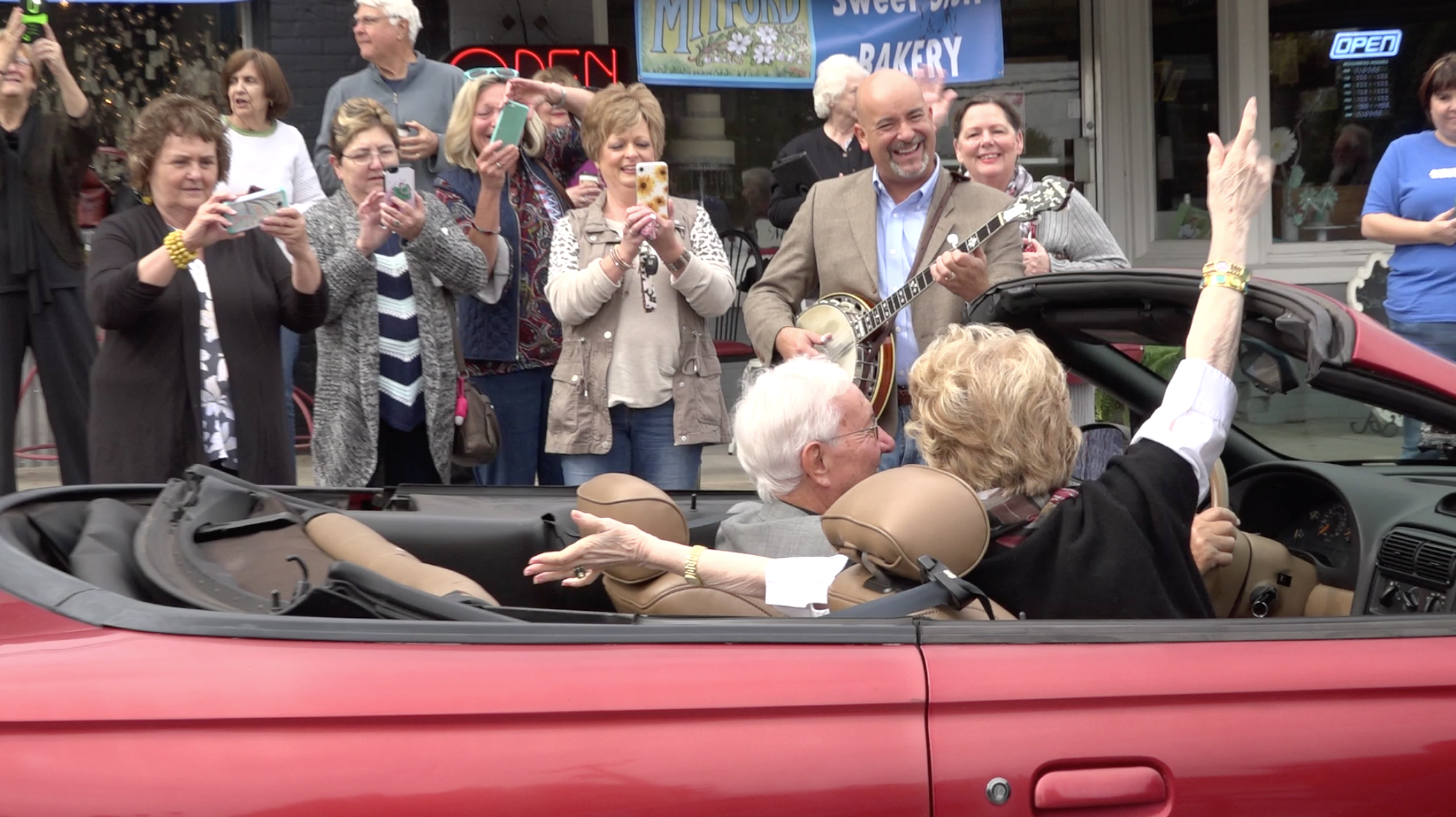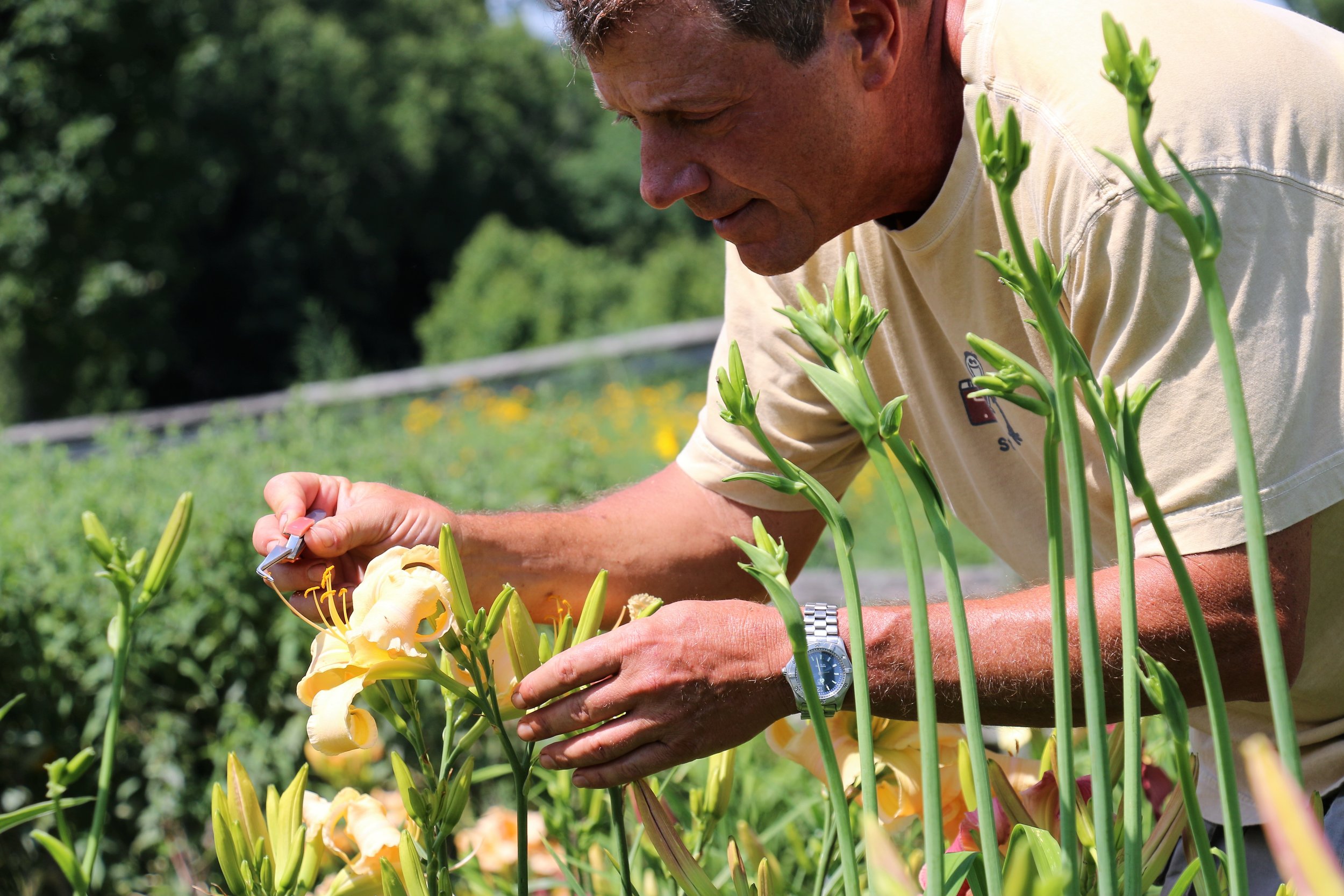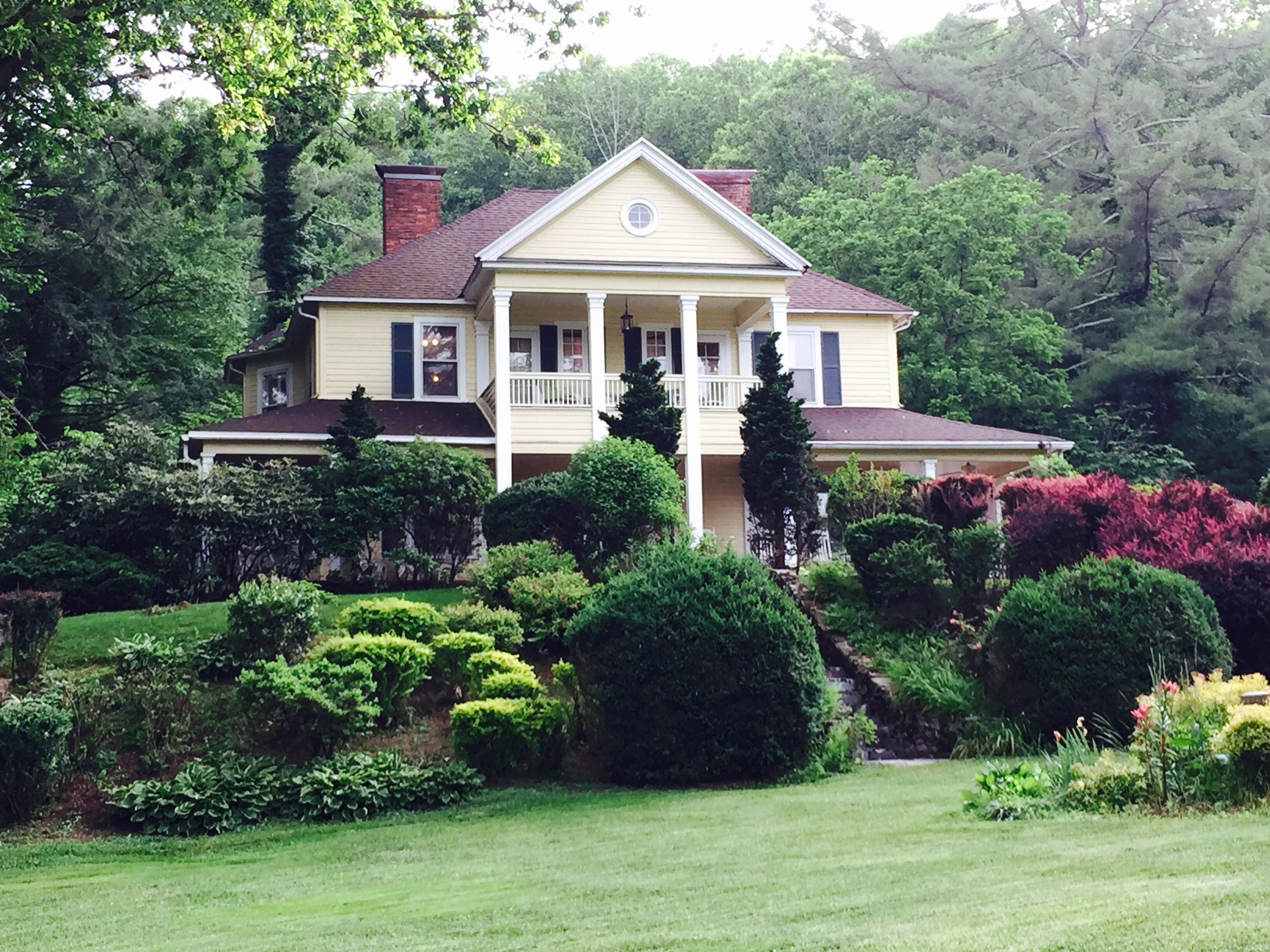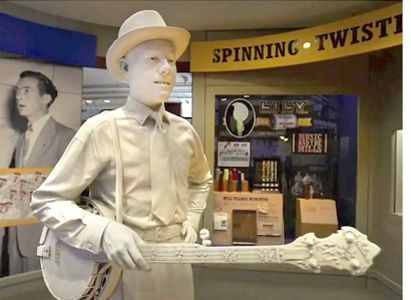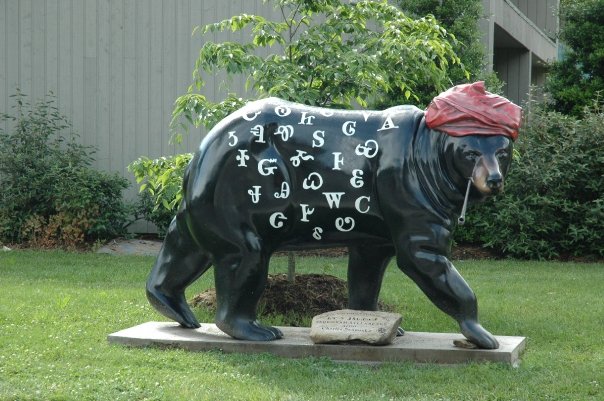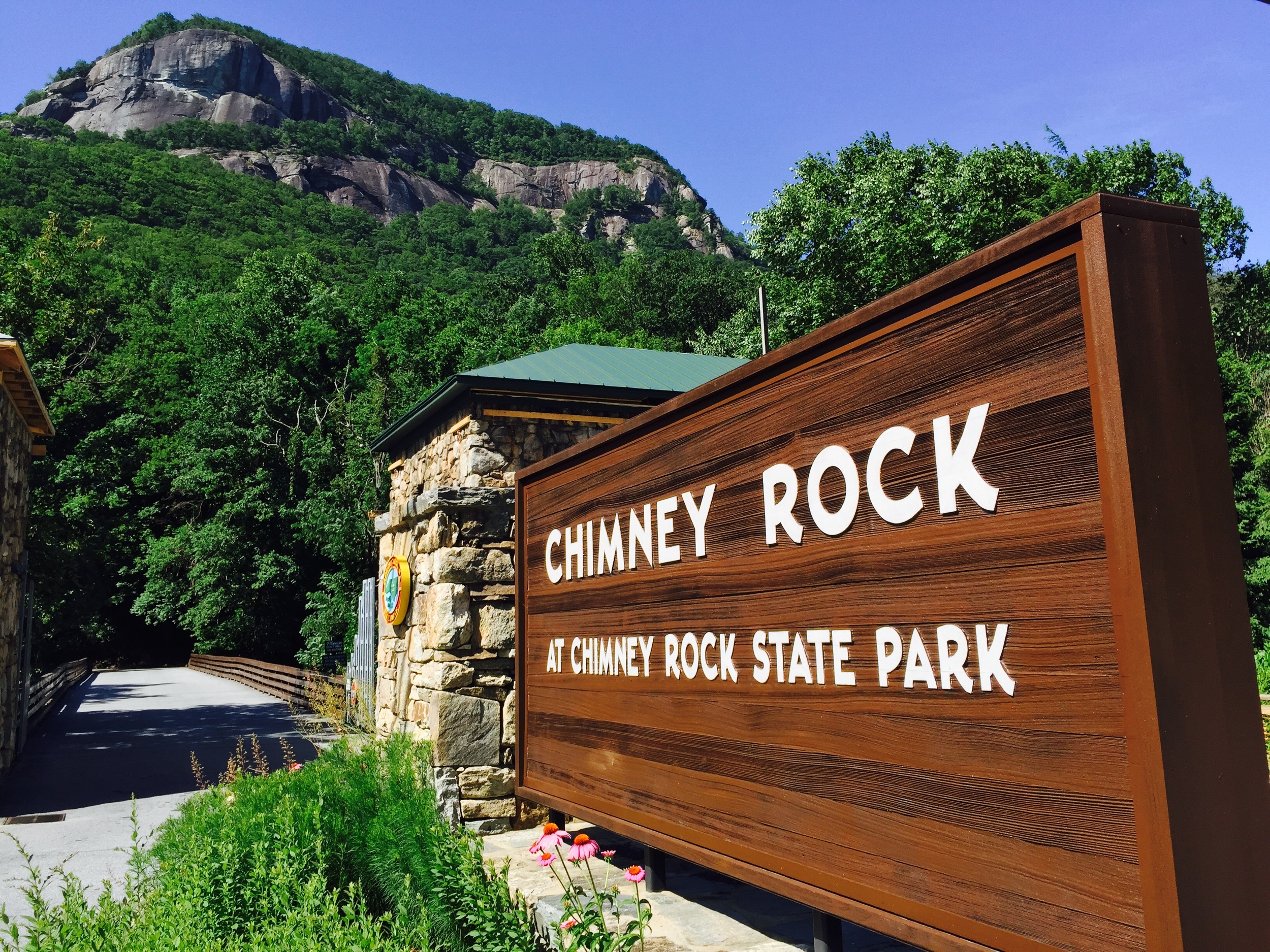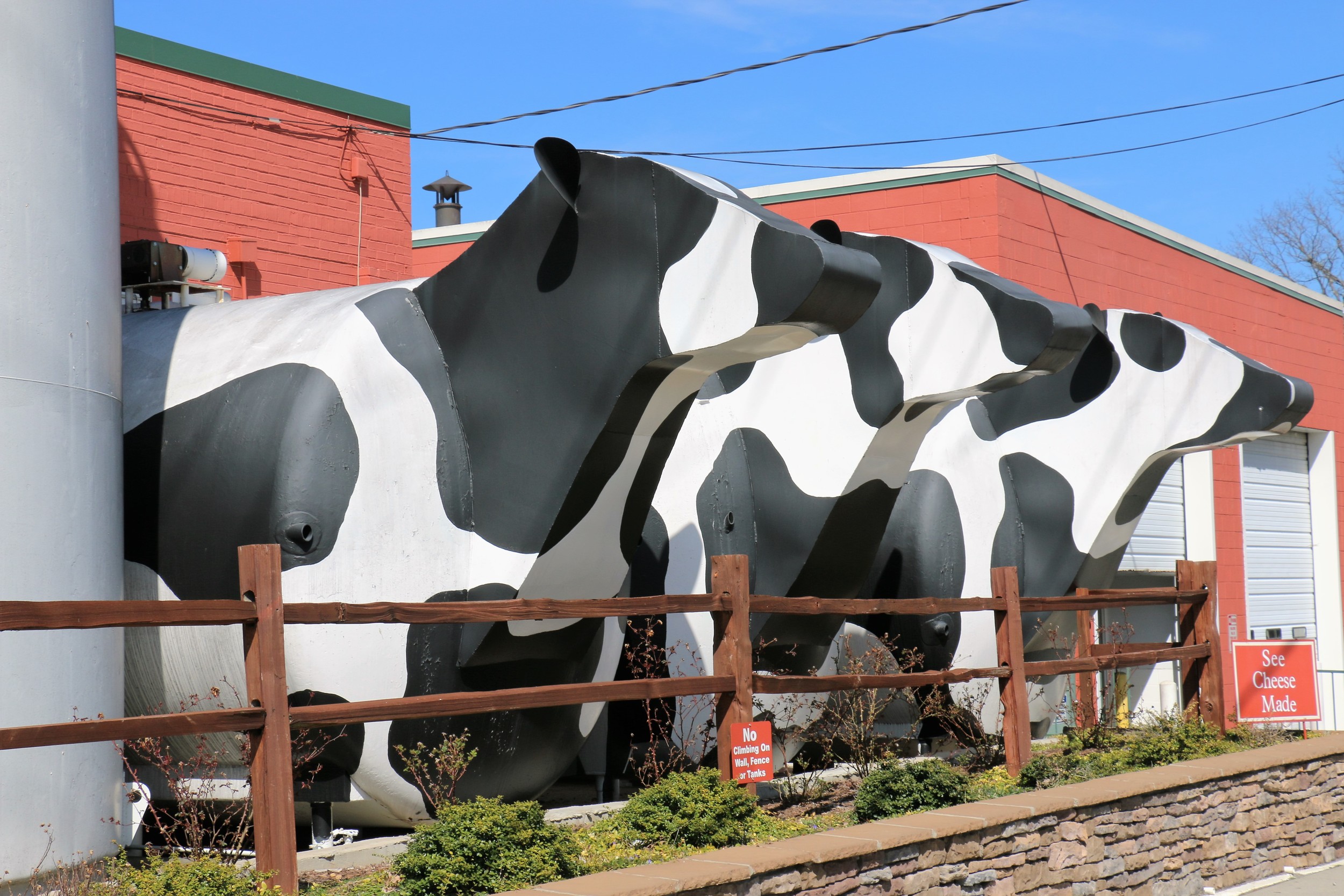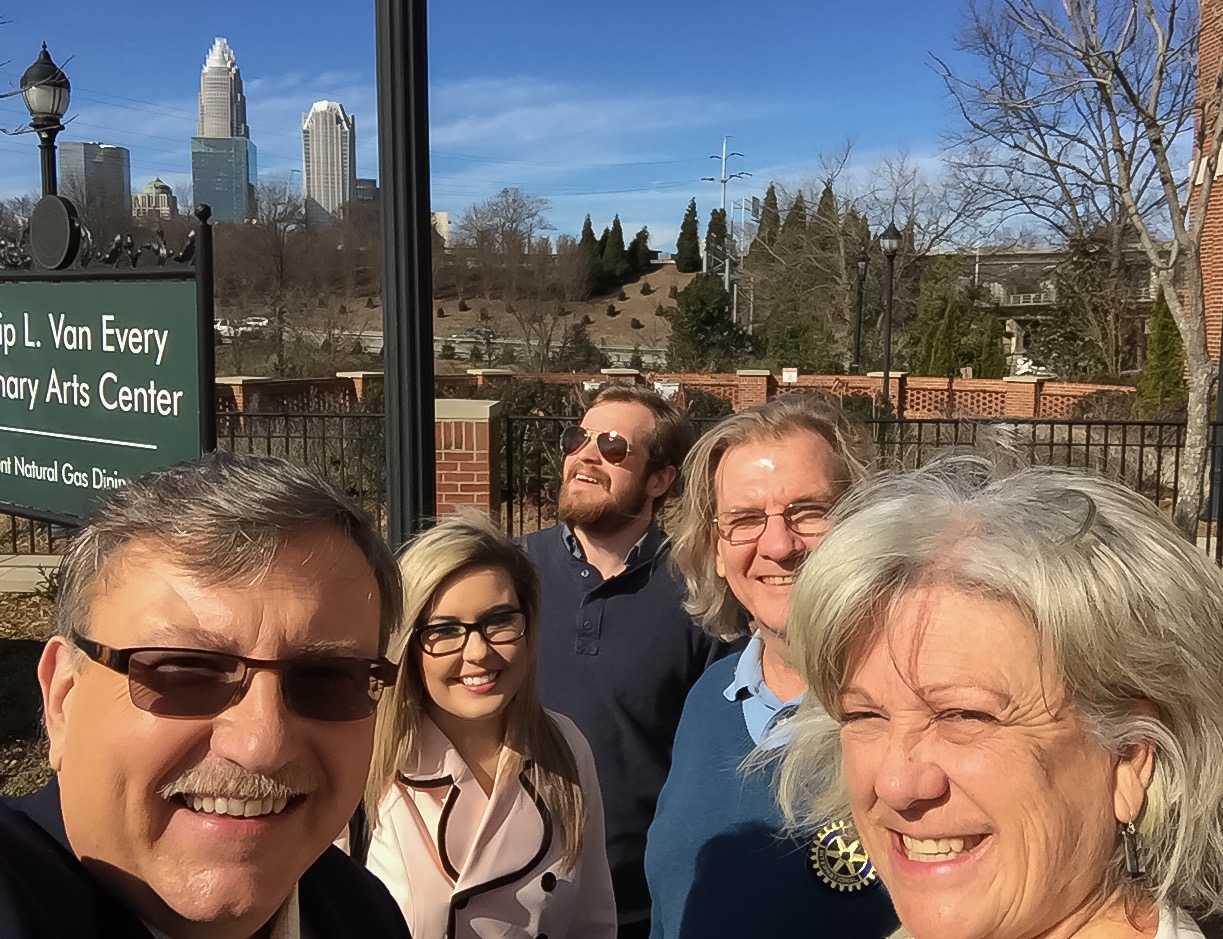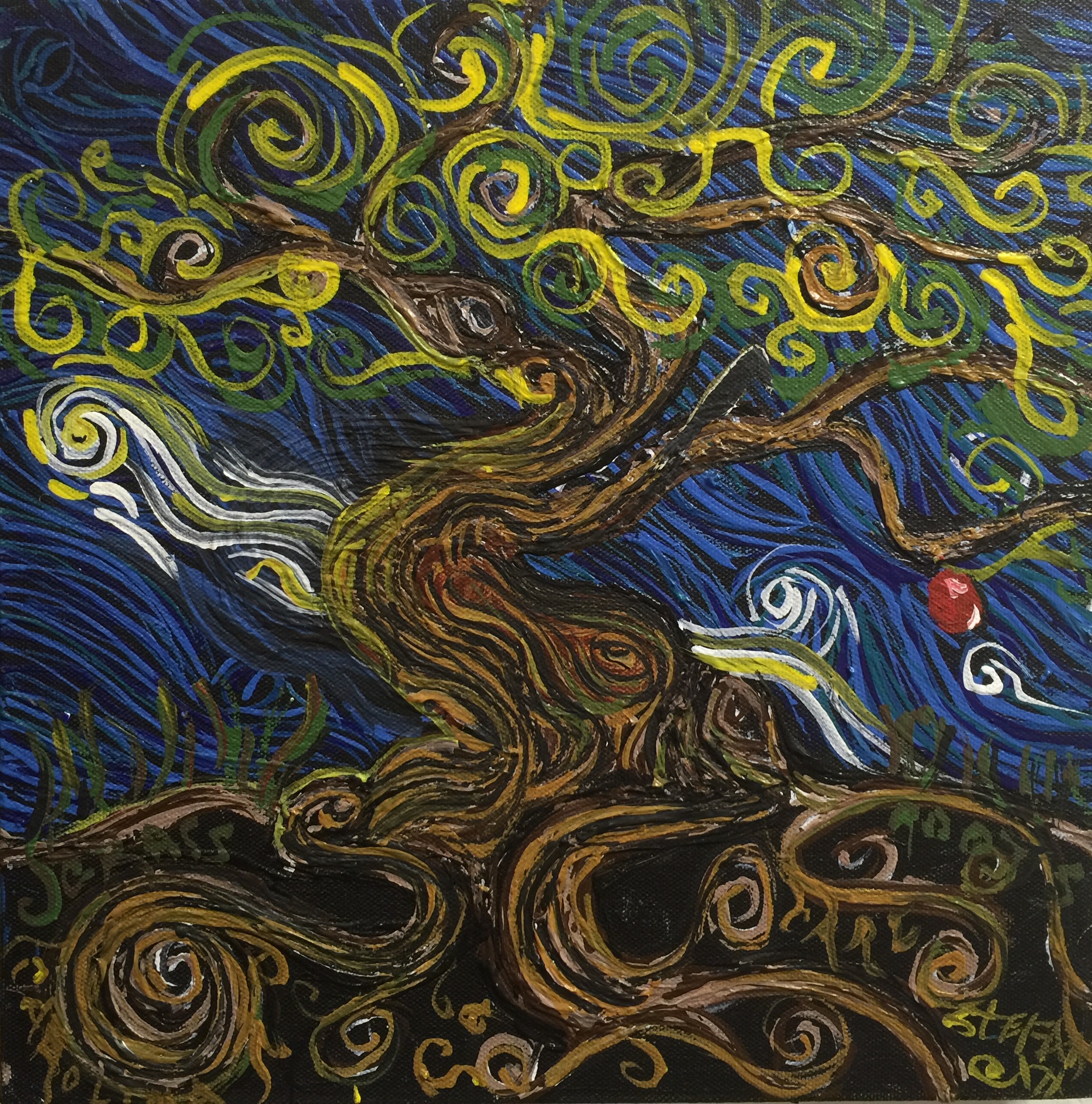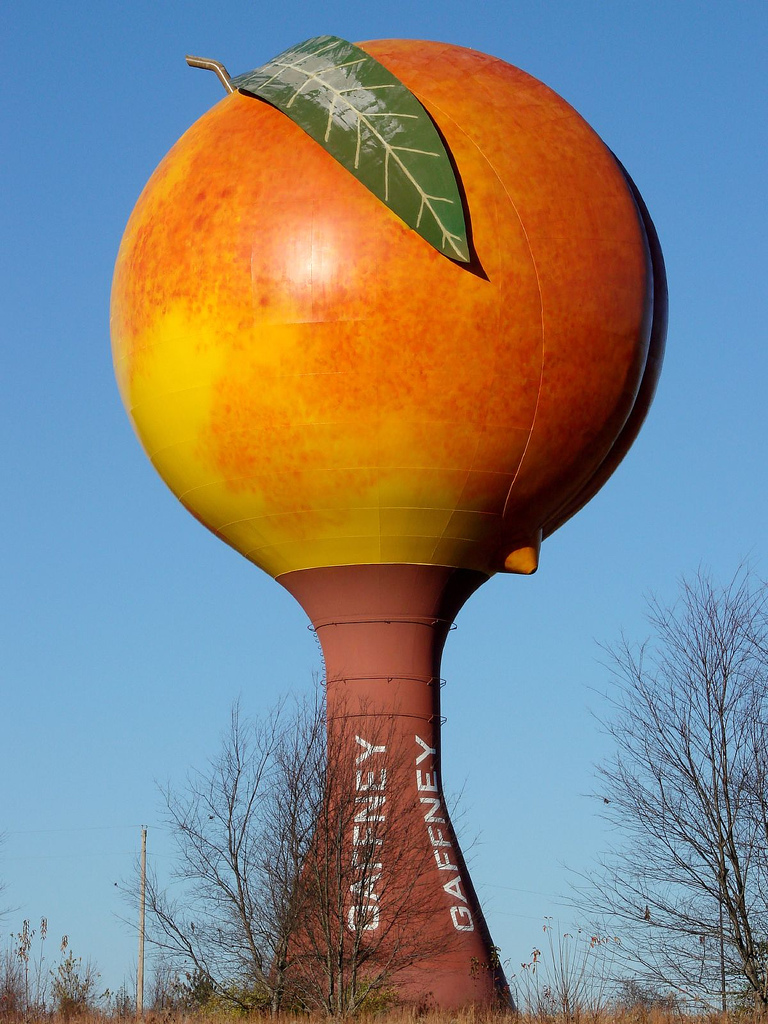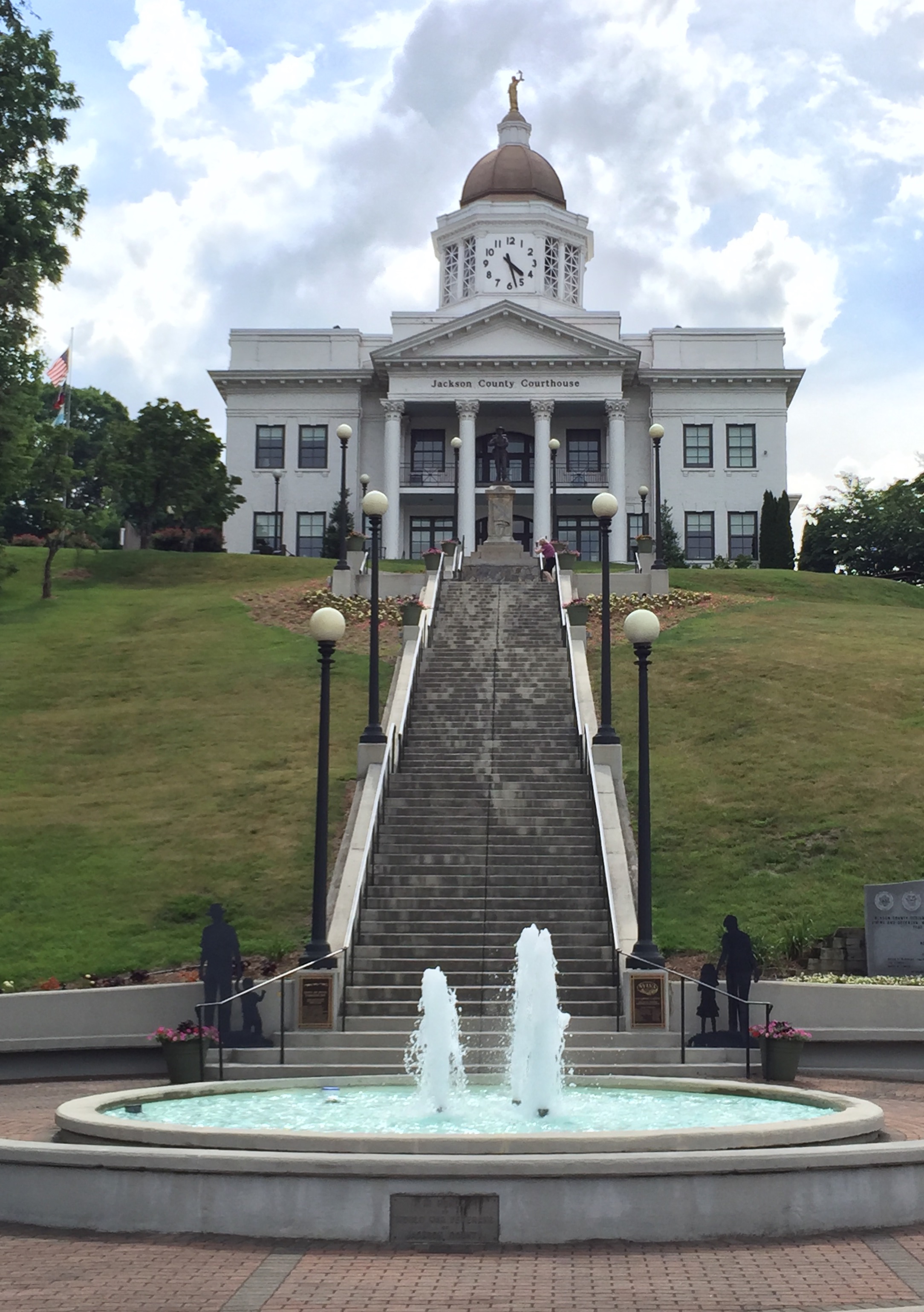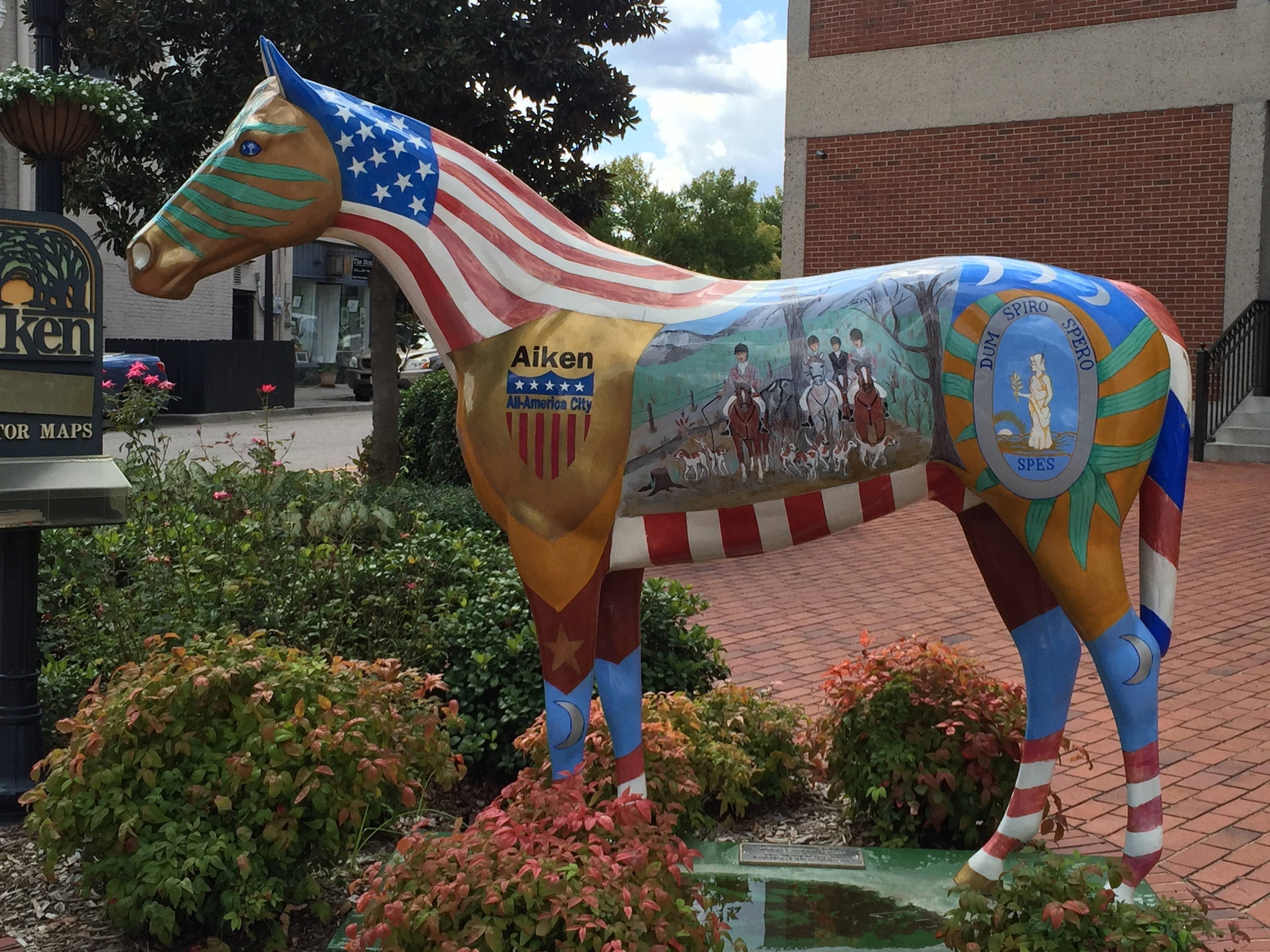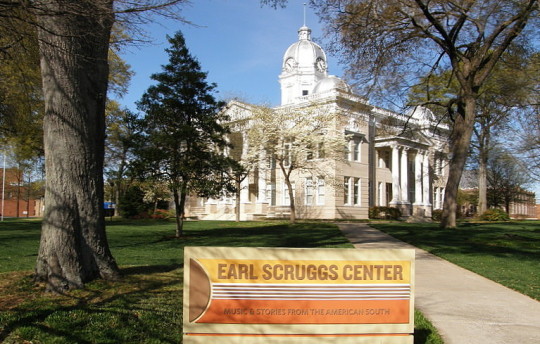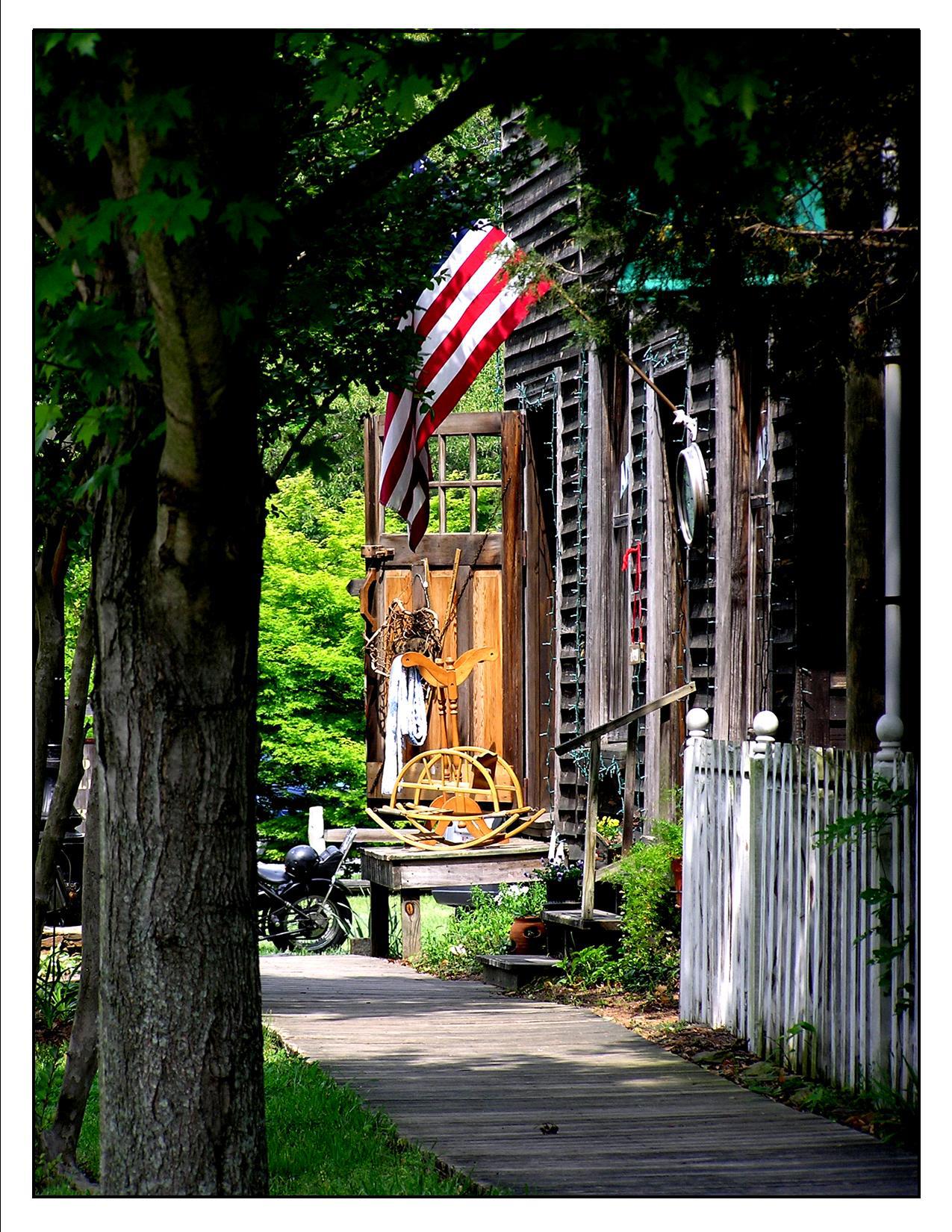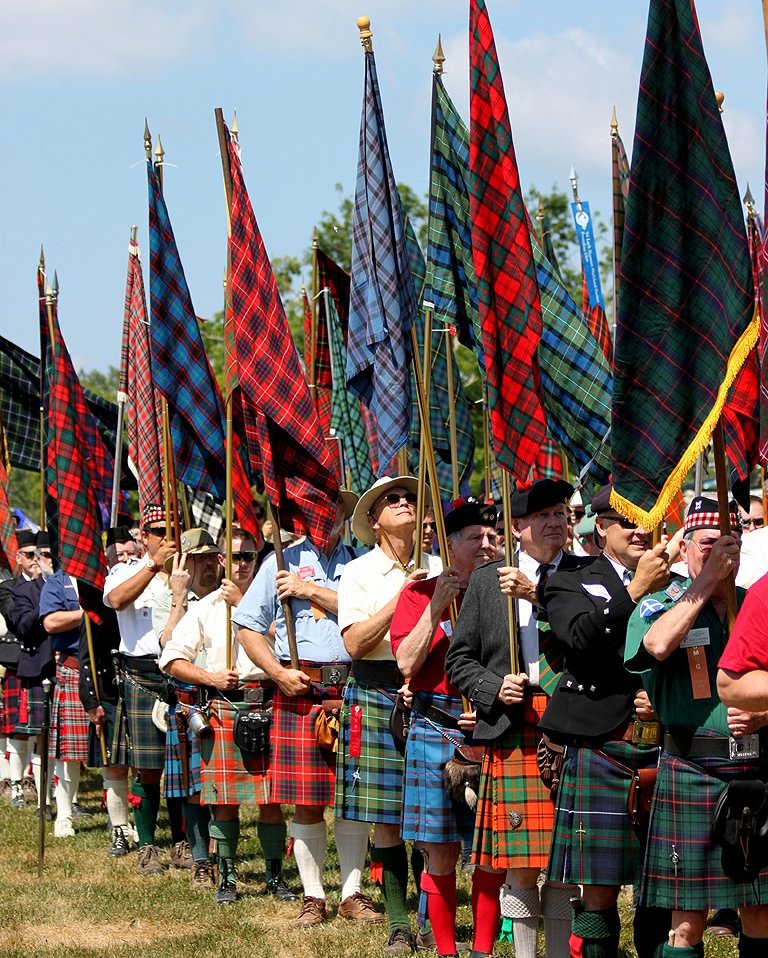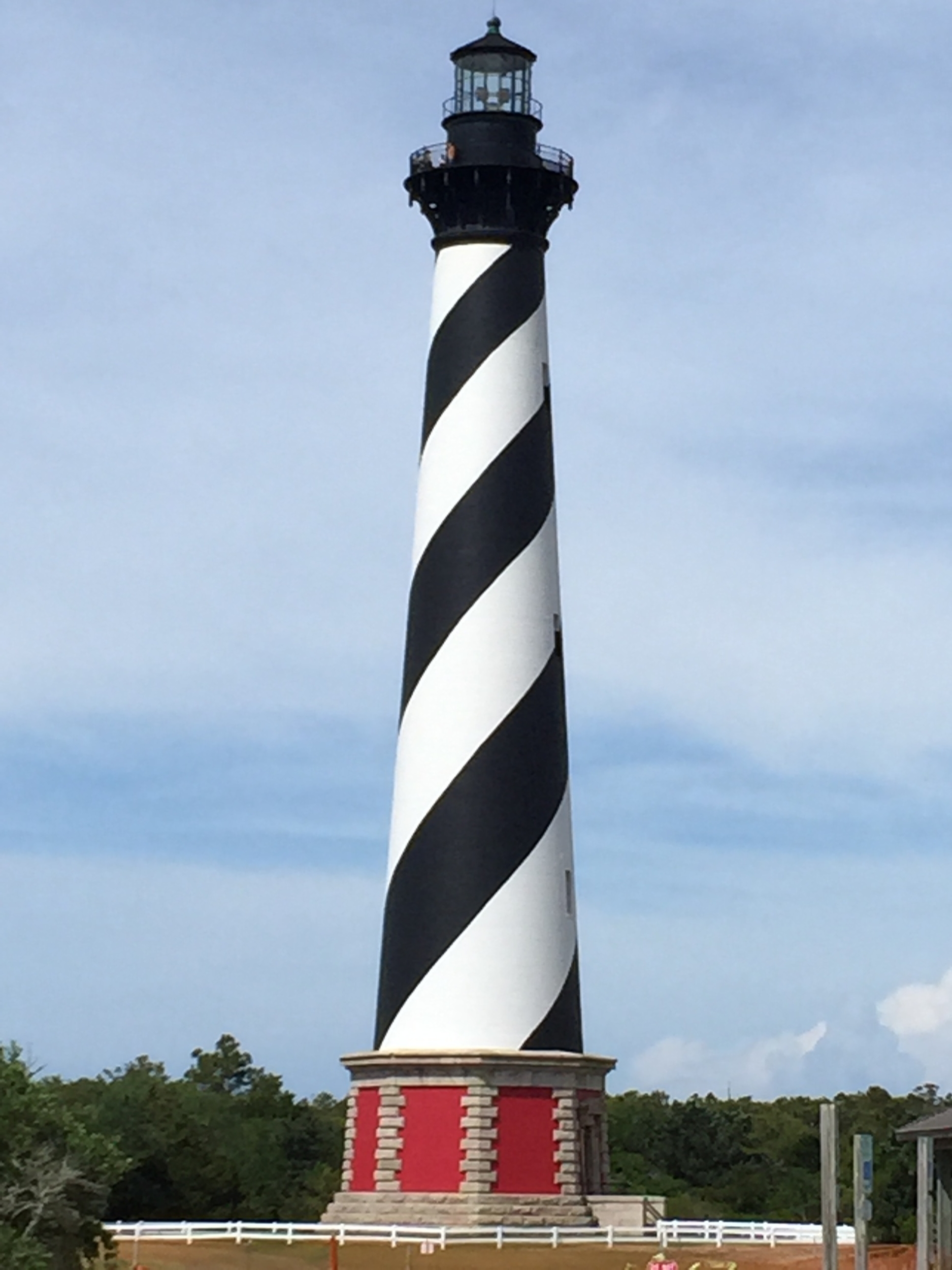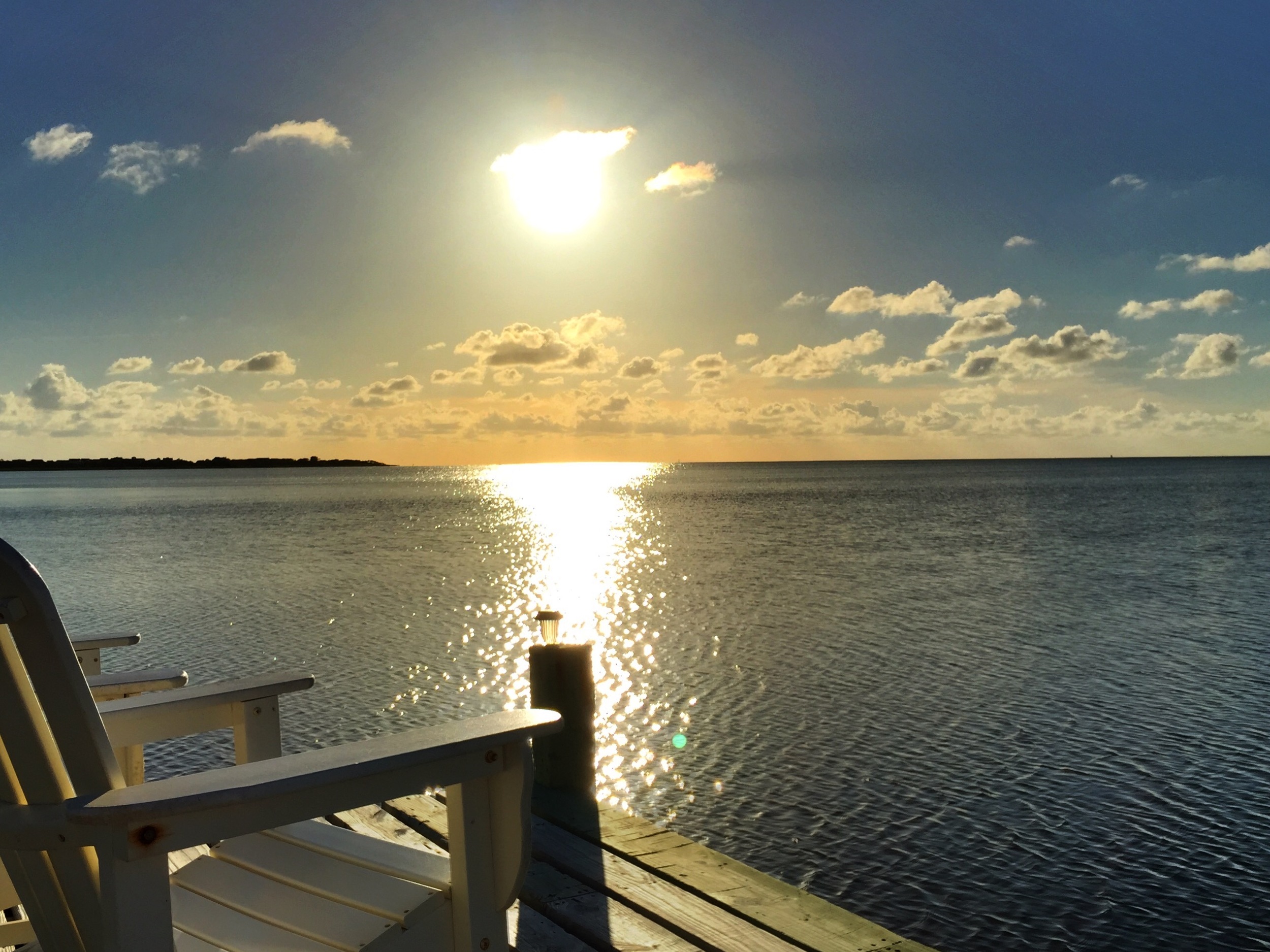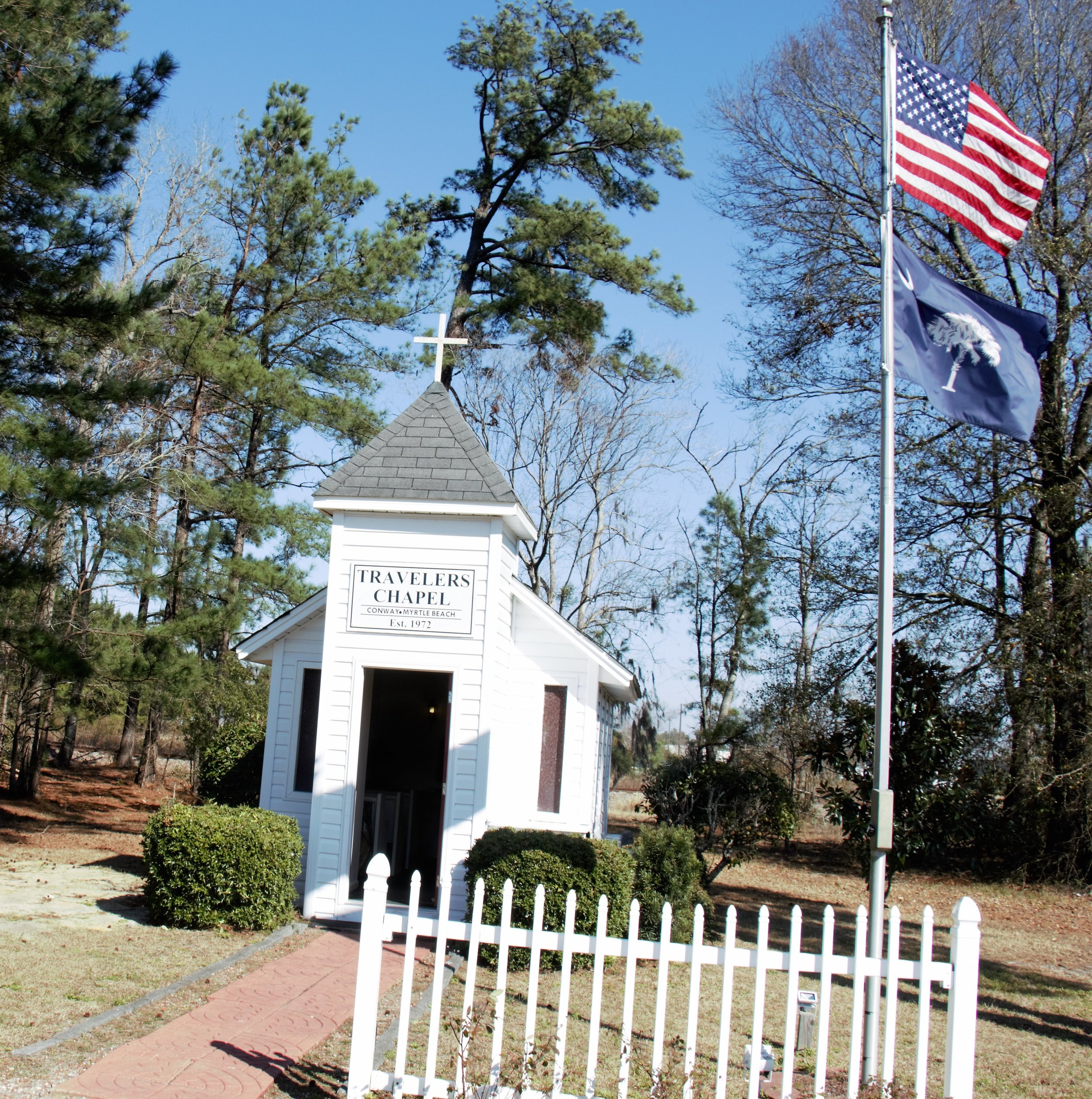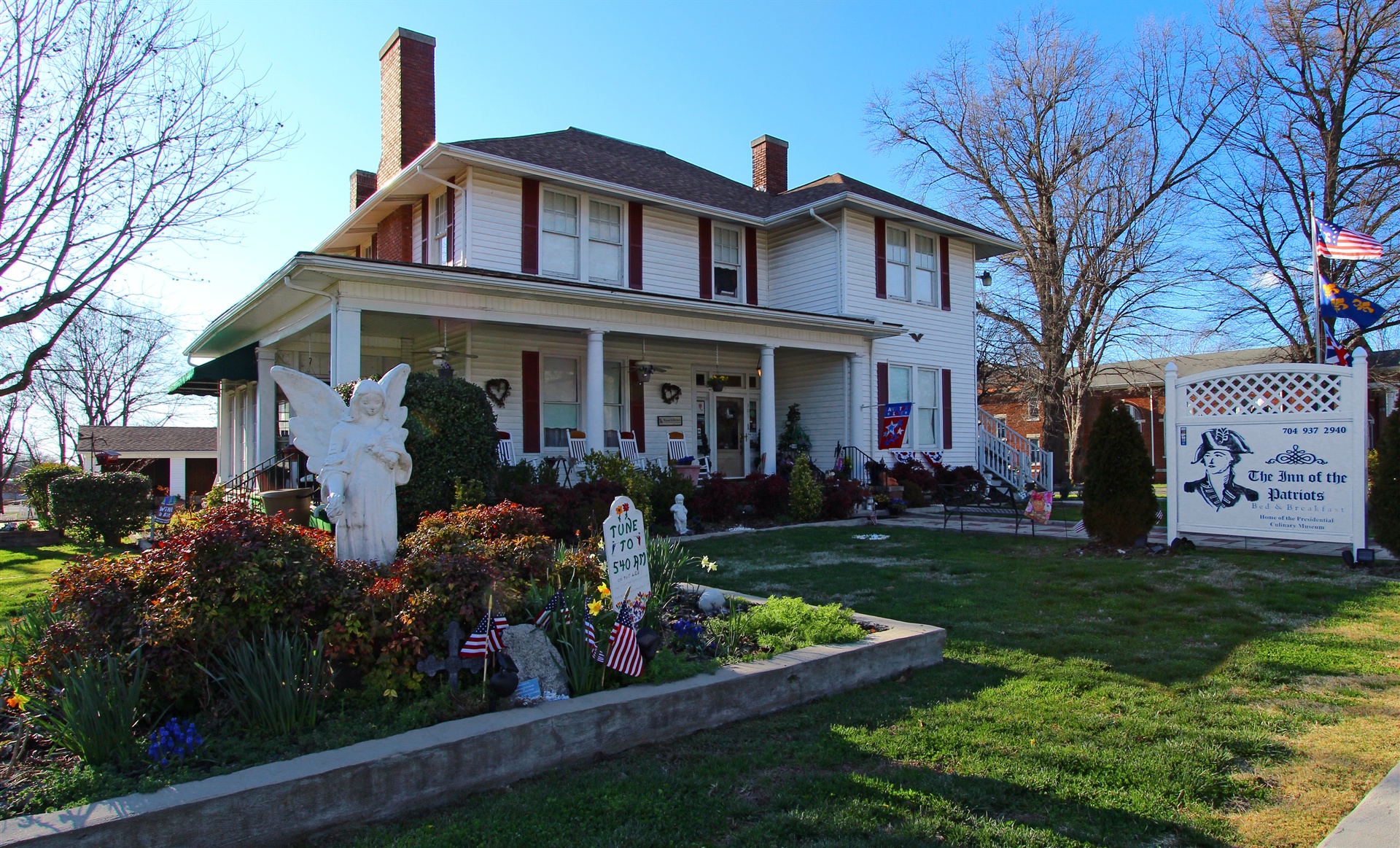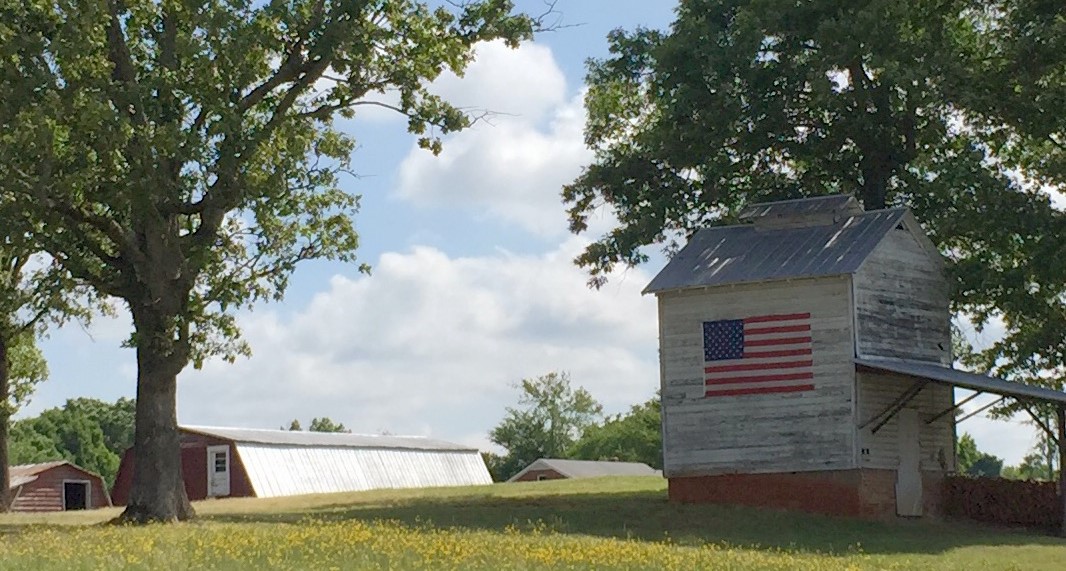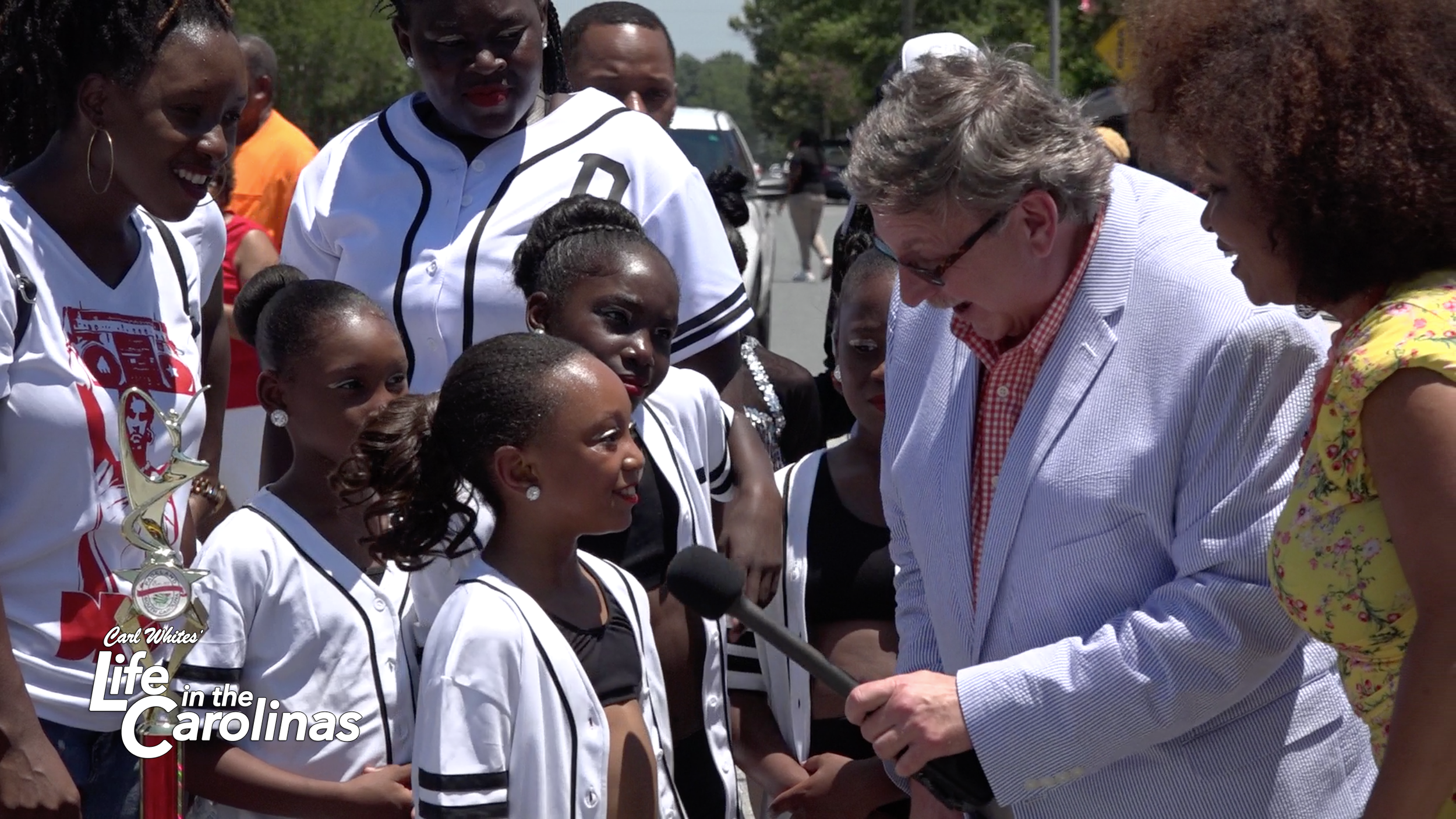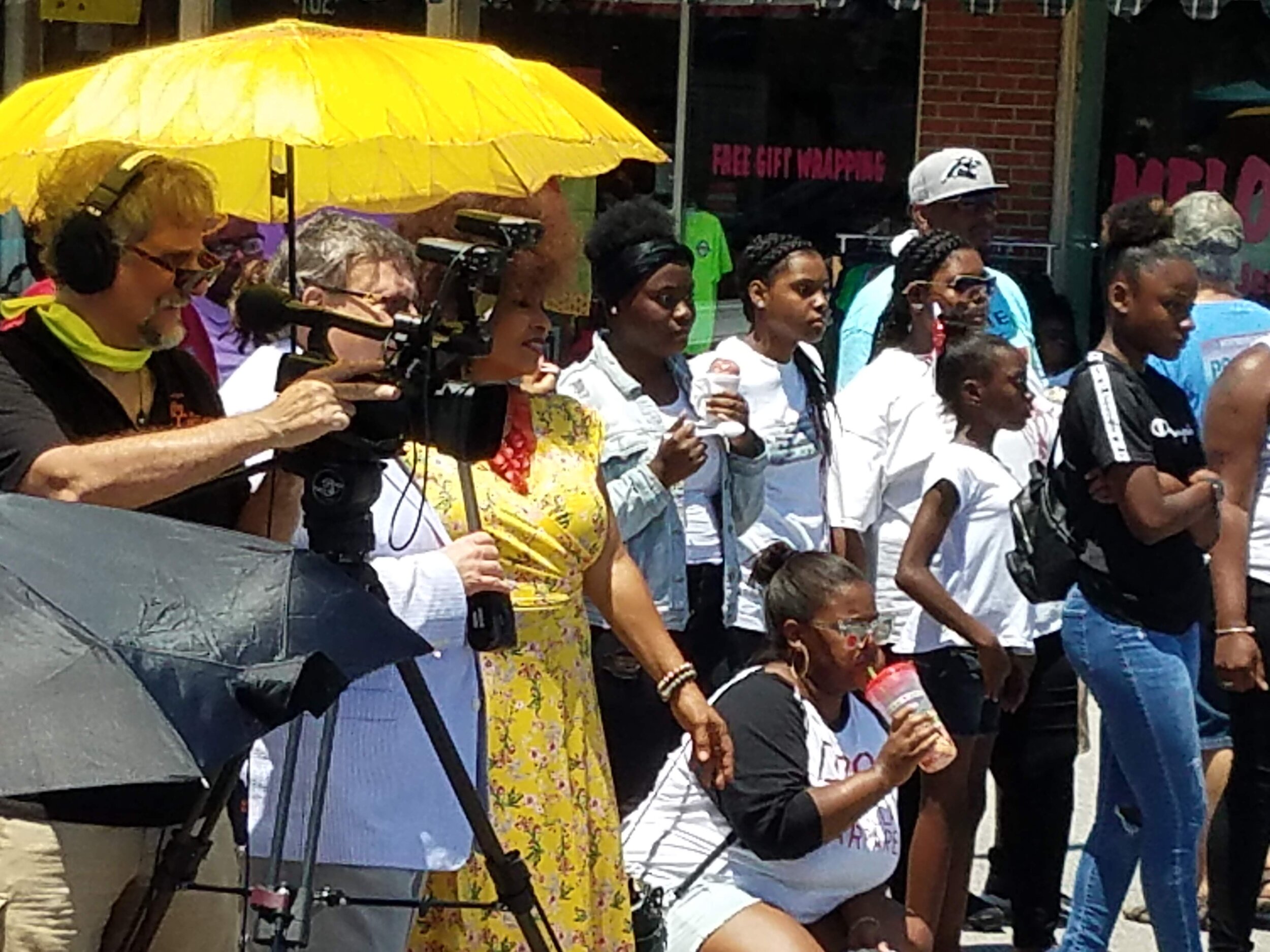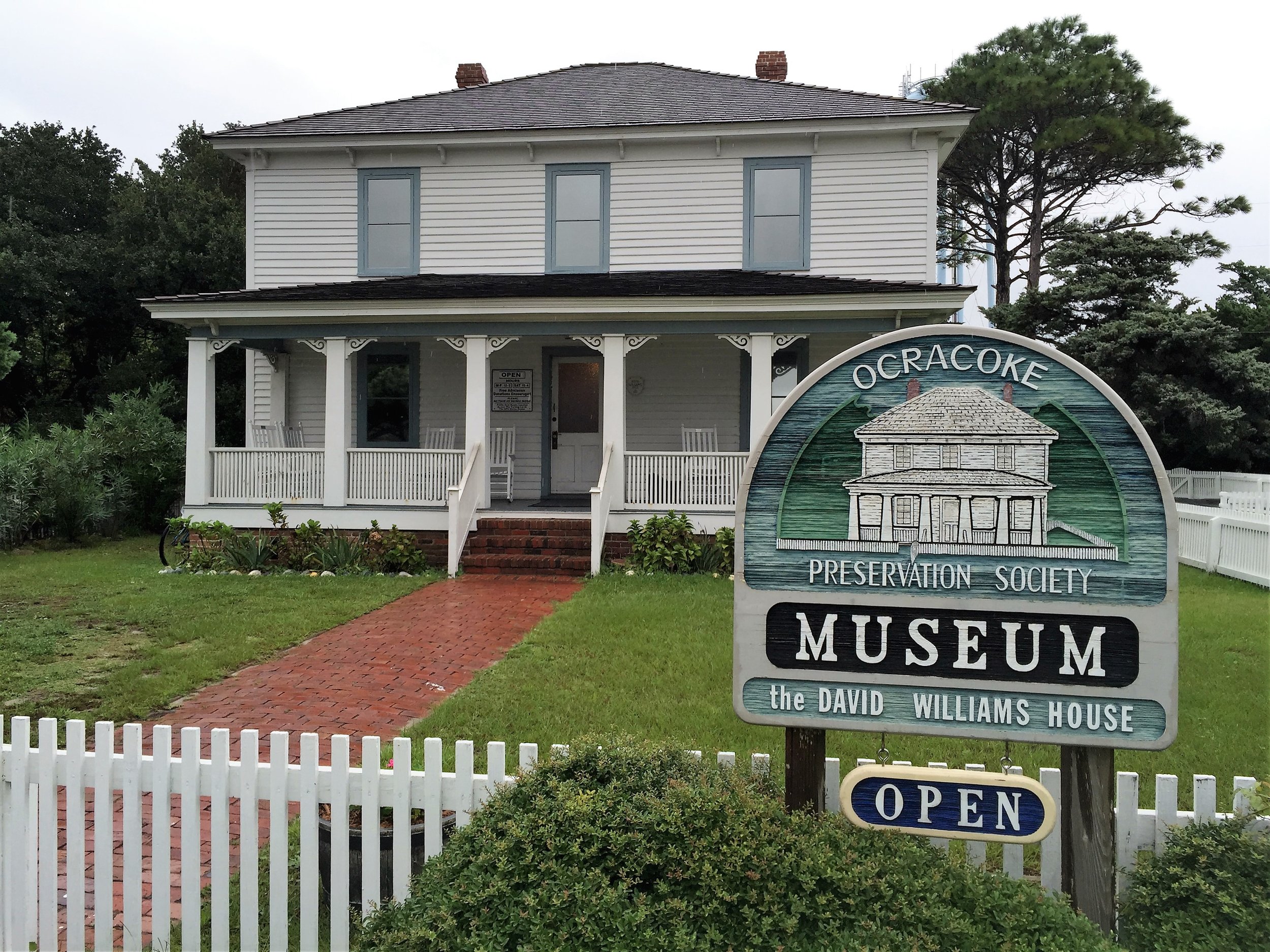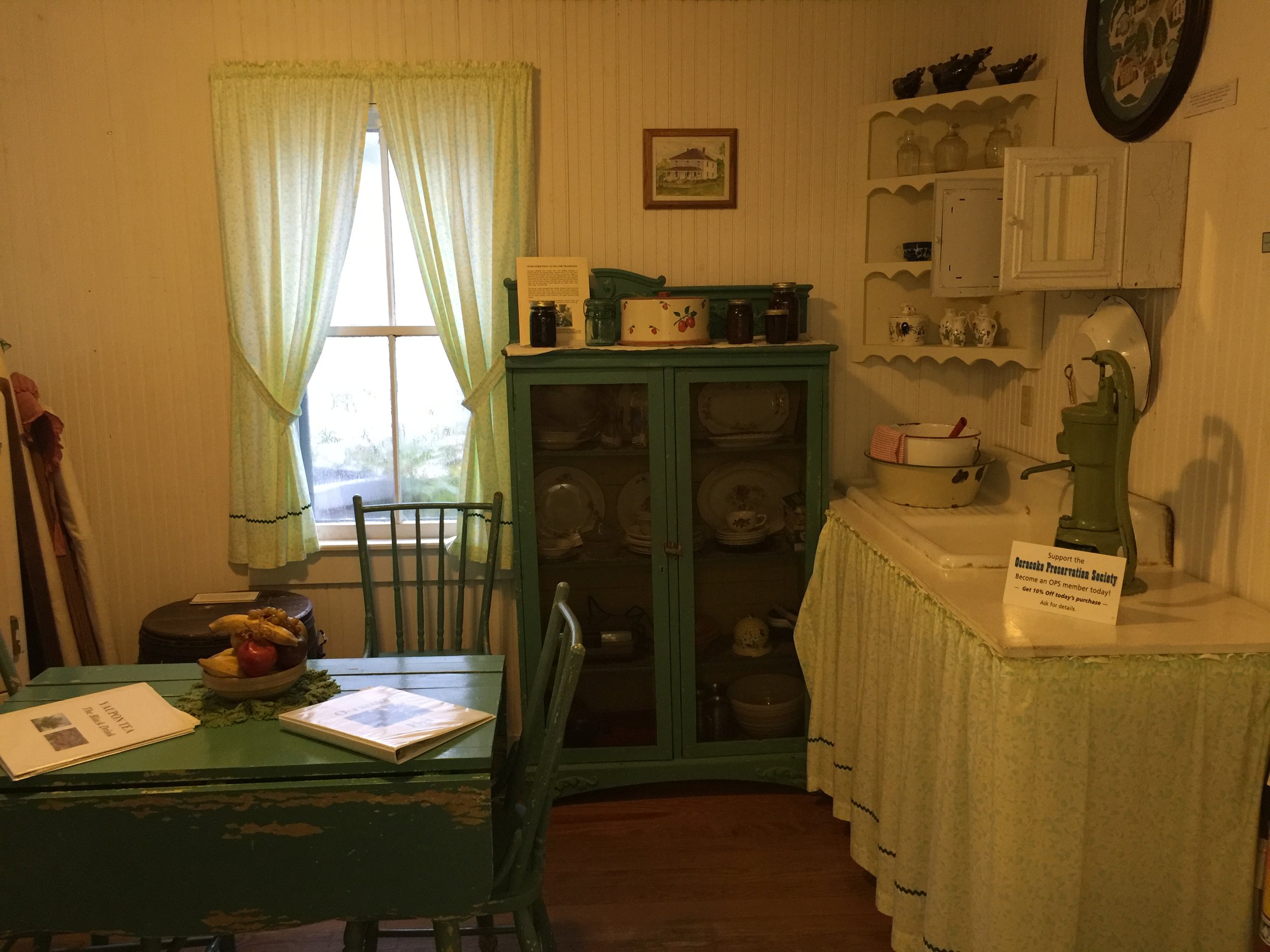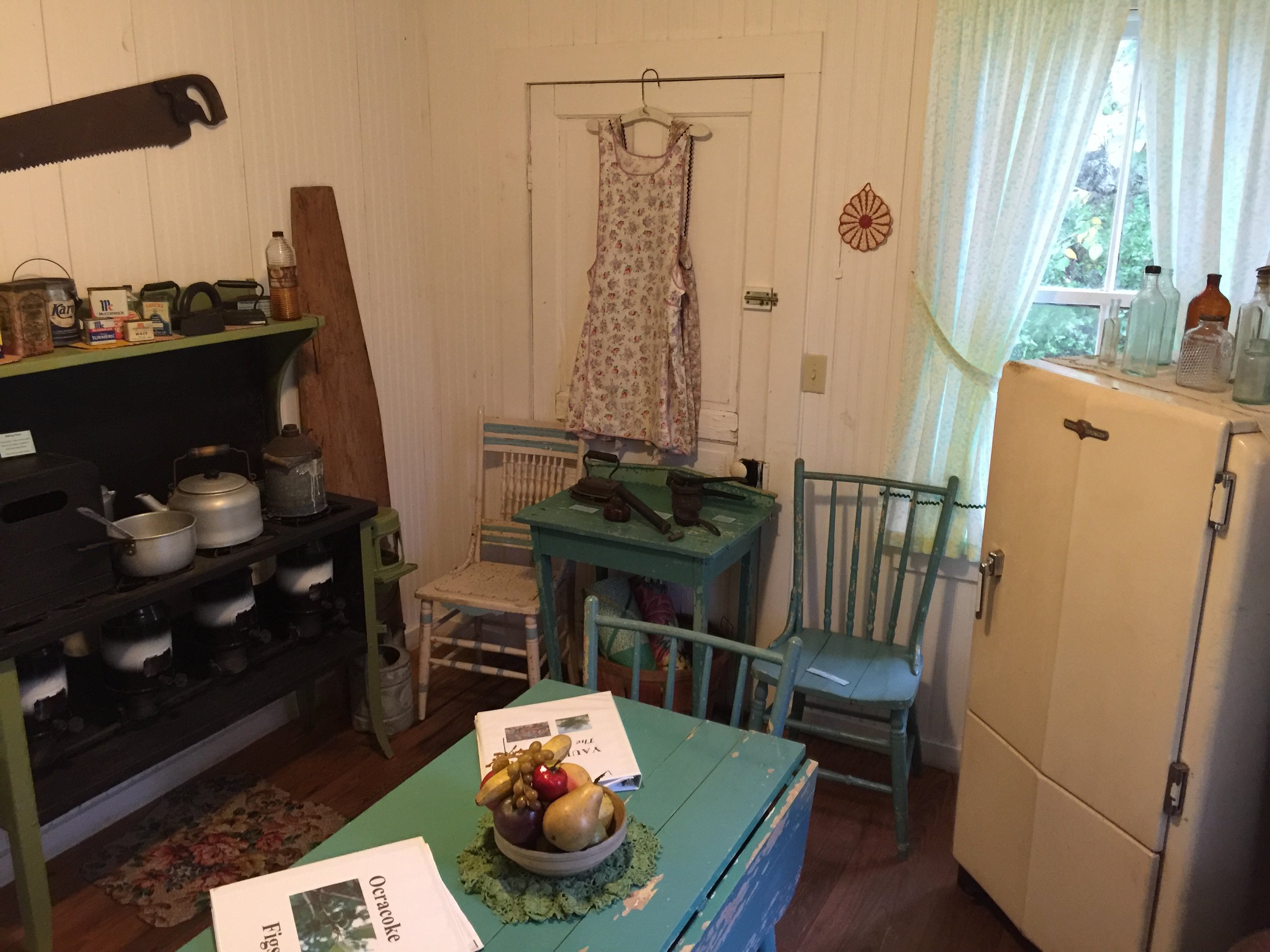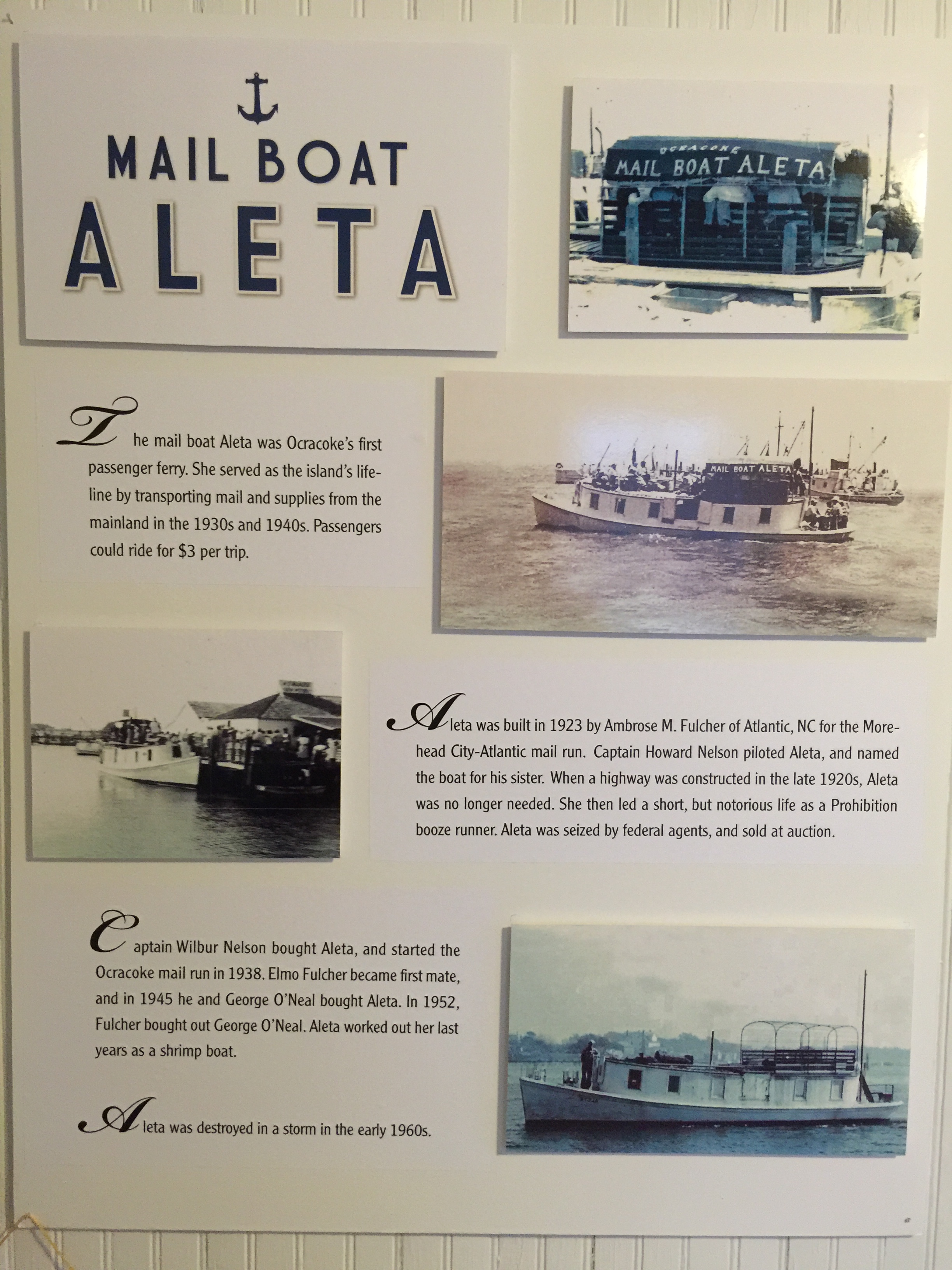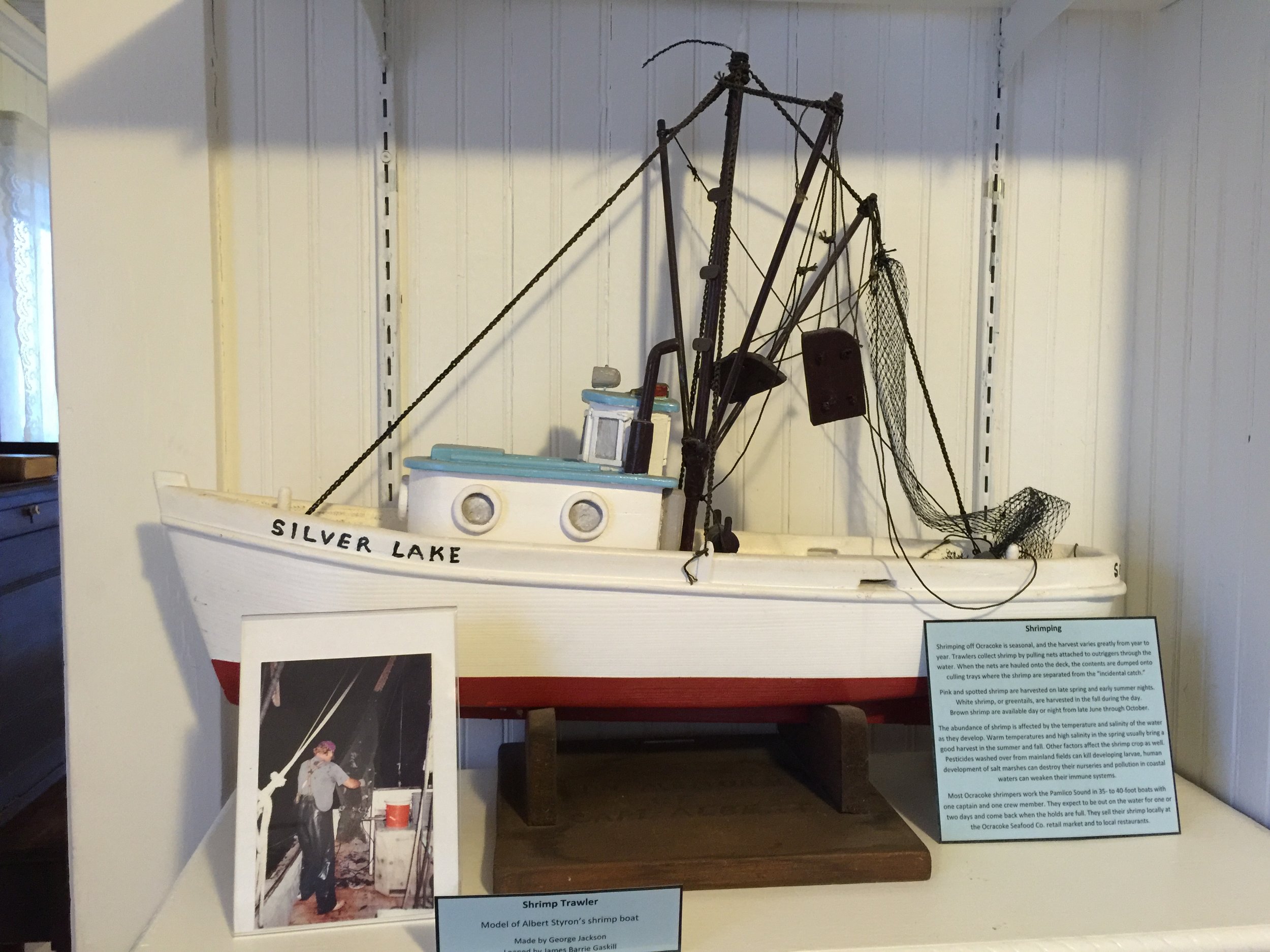On The Island
/Island life is different for many reasons; it is easy to think about the romance of the warm tropical breezes, fresh seafood, and a more relaxed environment.
These are things we dream about and add to our bucket list of must dos.
For those of us who have added these travels to our annual pilgrimage, we remain intrigued by the new things we continue to discover. We become friends with the locals who live year around on the islands, and over time we come to understand more of the rhythm of life in an ever-changing environment.
I remember the visit to Ocracoke Island when I first discovered the British cemetery on British Cemetery Road. This cemetery is just another reminder of how the Outer Banks are different than other parts of the Carolinas. The people on the Outer Banks have always endured much for the benefit of the Carolinas and our nation.
It was during WWII that German submarines attacked and sank British allied ships along the Carolina coast, including the HMT Bedfordshire, the bodies of British sailors were washed ashore at Ocracoke. The bodies are buried on the island, and the 2,290 square foot plot was given to the Commonwealth War Commission. The British Flag flies at all times and The United States Coast Guard station on Ocracoke keeps the property in fine shape.
There is another British cemetery on Hatteras Island and it is taken care of by the National Parks Service.
Every year members of the U.S. Coast Guard, National Parks Service, and the British Royal Navy join others to remember and honor the service of the men who were buried in these cemeteries.
The British cemeteries located on Ocracoke and Hatteras Islands are the only two foreign cemeteries on U.S. soil.
It was on this same trip that I spent time at The Ocracoke Preservation Society Museum. It was there that I learned about the Mail Boat Aleta, she was built in 1923 and went into service for the Morehead City-Atlantic mail run. Captain Howard Nelson was her first pilot, and he named the boat after his sister.
The Aleta would remain in service till the late 1950’s. She then becomes a prohibition booze runner until seized by federal agents and sold at auction. Her later days were spent as a shrimp boat, and she would go down in a devastating storm as many before her had done.
There have been many ships lost to the graveyard of the Atlantic, and it was for this very reason that Blackbeard and others who were seeking refuge would brave the journey. It would however not protect Blackbeard in the end, for it was at Ocracoke that he would have his last and final battle.
The lighthouse at Ocracoke village was finished in 1832 and stands as a beacon to guide sailors. Over the years the lighthouse would be updated, and the brick structure would be covered with stucco-like mortar and painted white. While standing only 65 feet tall, this iconic image at Silver Lake has given hope and comfort to many travels.
When I arrive on the island, just seeing the lighthouse gives me comfort. I’m not sure why, it might be the connection with the past, or maybe it’s just out of habit.
I think it is safe to say that Ocracoke Island has a rich and diverse history with its inhabitants, guest, and nature. At times she is a safe and comfortable refuge and at times, like many of us, she has an unruly temper.
